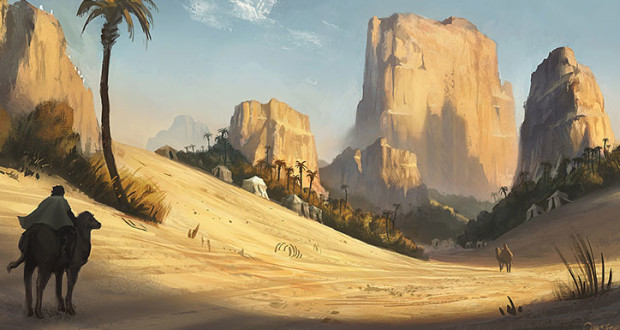Hawara is known as an archaeological location in ancient Egypt. It is the southern side of Crocodilopolis, which is at the depression of the Fayyum oasis. Karl Lepsius carried out the first excavations at the Hawara site in 1843. In 1888, William Flinders carried out another excavation when he found out papyri of both first and second centuries. Towards the North of pyramid, the necropolis, he found about 146 portraits on several coffins dated to the period of the Romans. These portraits are the famous classical antiquity and fayoum portraits as shown in the history of Roman textbooks. Al-Fayoum is about an hour and half drive from Cairo, the Headquarters of Egypt.
The only visible thing in the Pyramid is the different layers of the mud brick which was originally made and plastered with white limestone. The temple attached has somehow been quarried too no longer it’s once popular as it used to be. The inside of the pyramid shows different technical advancements, but is closed to tourists barring them from entering to view how the inside looks like. The corridors are blocked with series of big stone portcullises. The burial room side is shaped from a piece of Quartzite while the chamber is sealed with an ingenious equipment using sand to support the roof of the lower block.
Various things to see and do at the Pyramid of Hawara
Various people visit this site of attraction for various reasons with high expectations being fulfilled. The Al-Fayoum attraction holds a lot of promises for new and old tourists who are determined to enjoy their time out of their respective countries. The following are some possibilities and pleasures that the attractions hold for its visitors:
- It’s a well developed place especially its beauty coupled with mind blowing histories. The local residents there are very friendly and nice. The area of the attraction is guarded by two dogs. As a tourist spot, a lot of tourists from across the globe who have heard about the beauty of the place go there to have first hand information.
- The Qarun Lake coupled with amazing orchards is another additional spot of relaxation for visitors. History has it that the lake is named after someone in the time of Moses in Egypt. The lake is strategically located close to the pyramid. While the pyramid itself is not made of stone material but an ordinary mud brick, it speaks volume about the wonder of nature and the history surrounding it.
- Another amazing site is the water wheels that have been there for the past 2000 years. They were traditionally created around Egypt but only this one is left to be seen. Though somehow neglected, the water could be a good source of irrigation for local cultivations. Many visitors have attested to the surrounding alone. A walk round the pyramid is an awesome experience.
- Other visitors just go on sand boarding and do other similar things to have fun. Being a small place, a visitor could take a walk round the entire pyramid within a short time but the sight is usually memorable and fun-filled.
For more interesting articles about Egypt please visit our website.
 Living There
Living There



